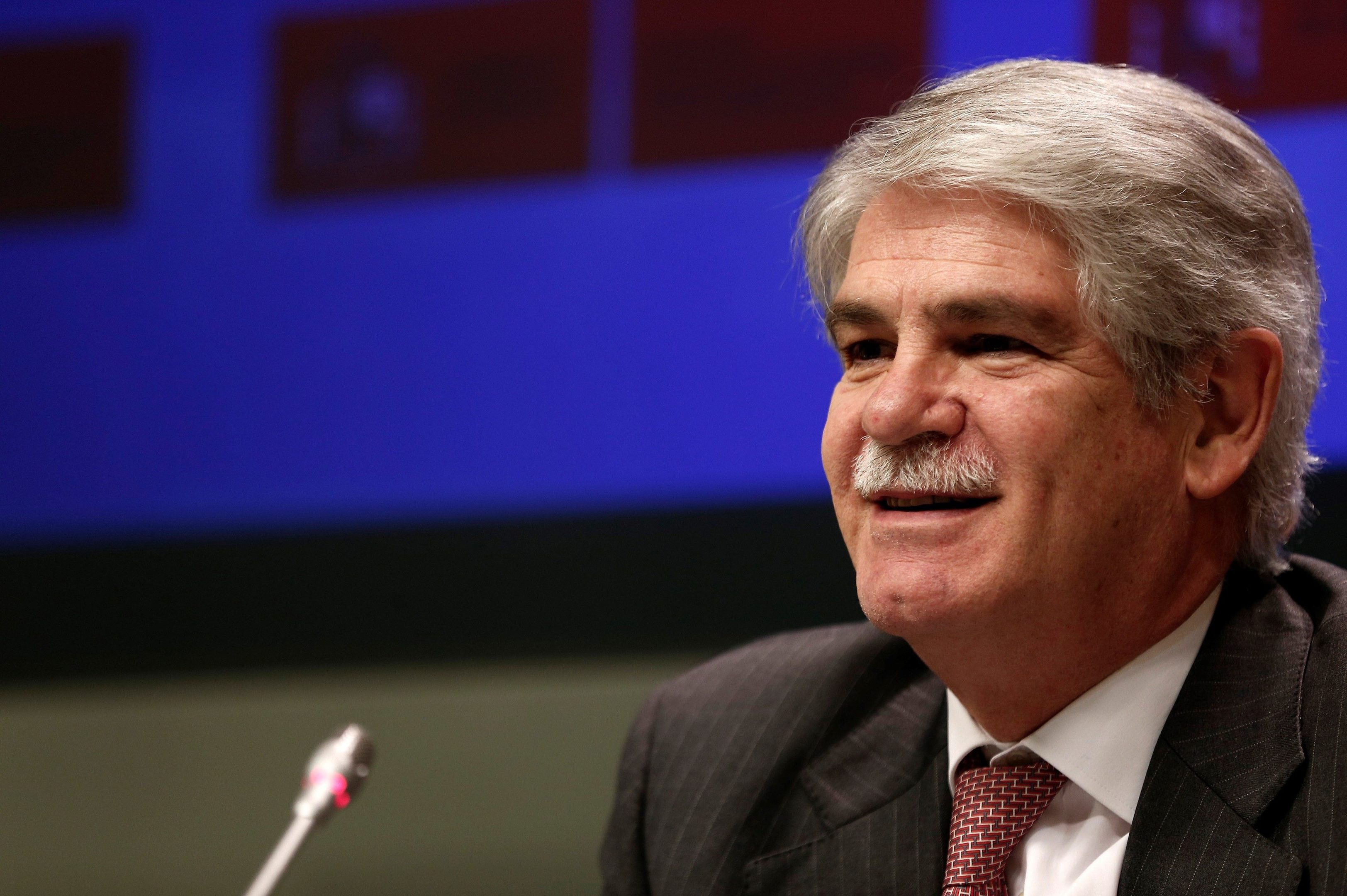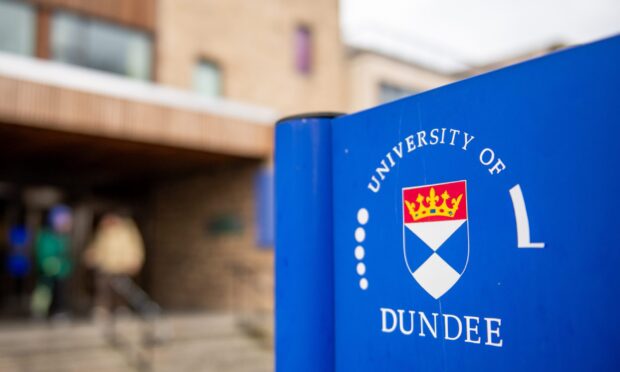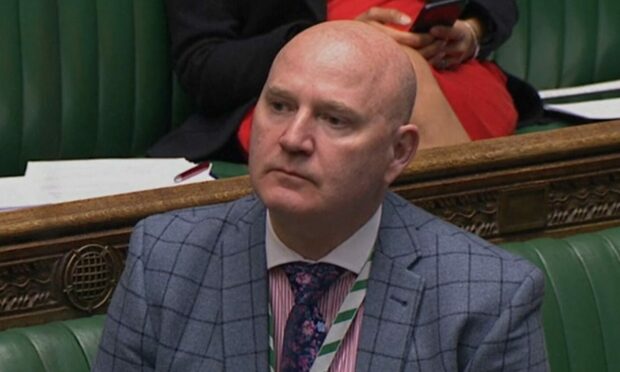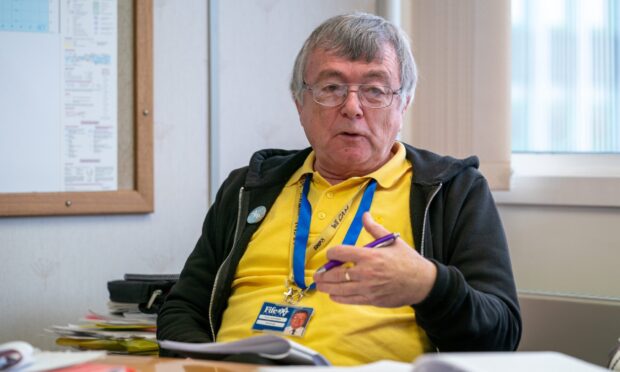Spain would not block an independent Scotland’s bid to join the European Union, the country’s foreign minister has said.
Alfonso Dastis told journalists in Brussels that, while Madrid is still opposed to the break up of the UK, it would not exercise its veto on Scottish membership of the Brussels bloc.
He stressed, however, that negotiations would have to take place. Sources in Brussels say there is next to no chance of the perks enjoyed by the UK, like the EU payments rebate, being on the table.
Asked directly whether Spain would veto an independent Scotland joining the EU, The Guardian reported Mr Dastis as saying: “No, we wouldn’t.”
“We don’t want it [Scottish independence] to happen. But if it happens legally and constitutionally, we would not block it.
“We don’t encourage the breakup of any member states, because we think the future goes in a different direction.”
The European commission has stated that an independent Scotland would have to apply to join the bloc.
Mr Dastis said: “They would have to join the line of candidates at some point and would have to start negotiations.”
Esteban González Pons, who leads the Spanish delegation of MEPs in the European Parliament’s largest political grouping, has said Scotland would have to “join the queue after Montenegro, Serbia, Bosnia, Turkey, to join the EU”.
Sixteen countries have joined the bloc since Turkey first applied in 1987.
This week Lord Kerr, who wrote Article 50, said that an independent Scotland would see “a very swift accession negotiation”.
Mariano Rajoy, the Spanish Prime Minister said Scottish independence would be “bad for the region, for the state and for the entire EU” the day before the 2014 vote.
This view now appears to have softened following Scotland’s 62% remain vote in the EU referendum.
Another reasoning for the shift in public attitude could be the SNP’s cooling of relations towards Catatonian independence after Stephen Gethins, the party’s Europe spokesman, insisted the Nationalists would be neutral on the issue.
The Courier revealed in February that SNP high command has been advised by senior figures on the continent to distance themselves from the bitter dispute in a bid to curry favour with Spanish politicians.
Mr Gethins said: “We can be now absolutely clear – there is no intention of a ‘Spanish veto’ over Scotland’s EU membership.
“This is just the latest indication from a senior European diplomat that an independent Scotland would be welcomed into the EU, after Lord Kerr this week said that we’d be in ‘very fast’.”
Scottish Conservative MEP Ian Duncan said: “The issue about an independent Scotland’s EU membership has never been about an individual country’s veto.
“The truth is the decision would rest in the hands of all 27 member states, each of which would undoubtedly ask for something from Scotland in return.
“This is likely to lead to sweeping concessions, especially for our fishermen.
“This would result in a hugely unfavourable deal, something considerably worse than the UK’s membership of the EU prior to Brexit.”










